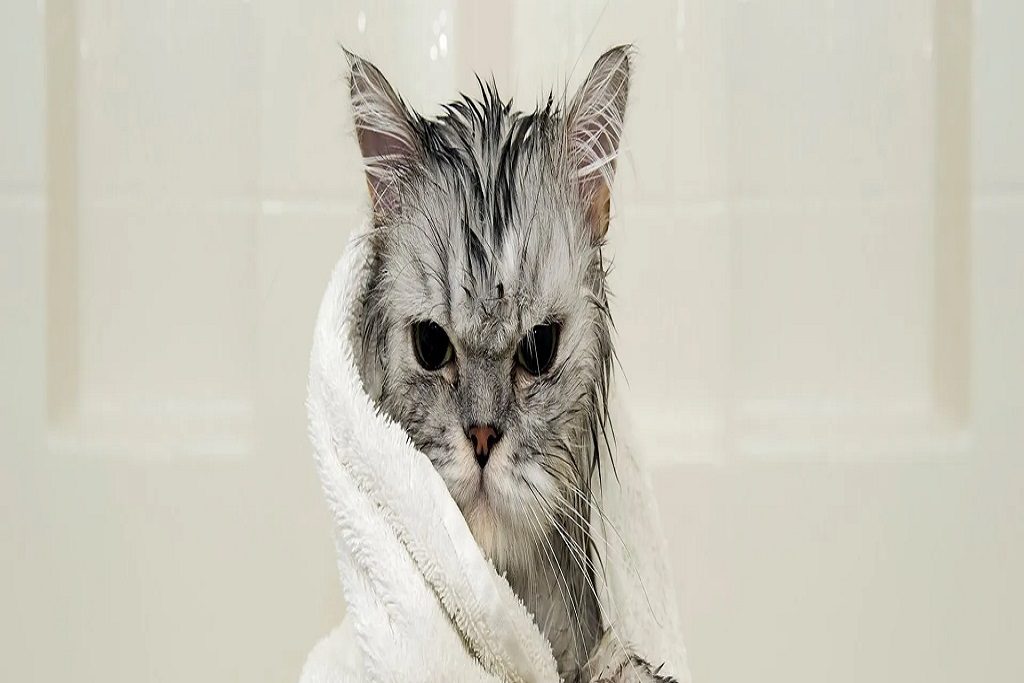4 Steps to Protect Your Pet Against Rabies
Is your pet current on their rabies vaccine? If not, we recommend seeing to this ASAP. Just the word “rabies” tends to conjure up some frightening images in the mind’s eye. Because rabies is a zoonotic disease, meaning that it can be transmitted from animals to humans, it’s particularly dangerous. Fortunately, rabies has been all but eliminated in the United States and many other parts of the world, thanks to modern vaccination and animal control measures. Still, you’ll want to take the proper precautions to make sure your beloved pet stays safe. Here’s how:
V accinate your pet.
Your pet’s core vaccination group should include the rabies vaccine. This is his or her first and best line of defense against the rabies virus. Puppies and kittens as young as three months old or so can receive the rabies vaccination, and they’ll probably need a few follow-up booster shots. Ask your vet for more information.
If your pet is in need of the rabies vaccination, or if you’re unsure whether or not your pet has already received this vaccine, call your vet.
Supervise while outdoors.
As you may know, the rabies virus is spread through the bite of another infected animal. So, it’s important to keep a close eye on your pet when they are outdoors. You’ll also need to take precautions to keep your pet from encountering any wild animals, like raccoons or opossums. Keep your pet on a leash when you go on walks, and don’t let them stray from you. If you live in a wooded area or anywhere that wild animals may pass through, don’t let your pet outside unsupervised.
Spay and neuter.
You may be surprised to learn that having your pet spayed or neutered is also a good way to prevent the risk of the rabies virus. That’s because spaying and neutering will reduce your pet’s urge to wander off in search of a mate. Not only will you avoid the hassle and heartache of a lost pet, you don’t have to worry about them coming into contact with a wild animal that could potentially be rabid.
Watch for signs of illness.
The symptoms of rabies include lethargy, loss of appetite, light and touch sensitivity, fever, and uncharacteristic aggressive behavior. More serious symptoms, such as seizures and paralysis can occur if the disease progresses. Tell your veterinary professional right away if you see any of these signs.
All things considered, the risk of rabies is very low for your pet. But make sure to take the right steps to keep it that way. Call your vet’s office for help!



